
A grammar school is one of several different types of school in the history of education in the United Kingdom and other English-speaking countries, originally a school teaching Latin, but more recently an academically oriented secondary school.
The Tripartite System was the arrangement of state-funded secondary education between 1945 and the 1970s in England and Wales, and from 1947 to 2009 in Northern Ireland. It was an administrative implementation of the Education Act 1944 and the Education Act 1947.

A secondary modern school is a type of secondary school that existed throughout England, Wales and Northern Ireland from 1944 until the 1970s under the Tripartite System. Schools of this type continue in Northern Ireland, where they are usually referred to as secondary schools, and in areas of England, such as Buckinghamshire, Lincolnshire and Wirral,.

The Plowden Report is the unofficial name for the 1967 report of the Central Advisory Council For Education (England) into Primary education in England. The report, entitled Children and their Primary Schools, reviewed primary education in a wholesale fashion. The collation of the report took around 3 years. The Council was chaired by Bridget, Lady Plowden after whom the report is named.
Secondary technical schools, referred to colloquially as secondary techs or simply techs, were a type of secondary school in England and Wales that existed in the mid-20th century under the Tripartite System of education. Few were built; their main interest is theoretical.

The Education Act 1918, often known as the Fisher Act, is an Act of the Parliament of the United Kingdom. It was drawn up by H. A. L. Fisher. Herbert Lewis, Parliamentary Secretary to the Board of Education, also played a key role in drawing up the Act. The Act applied only to England and Wales; a separate "Education (Scotland) Act 1918" applied for Scotland.
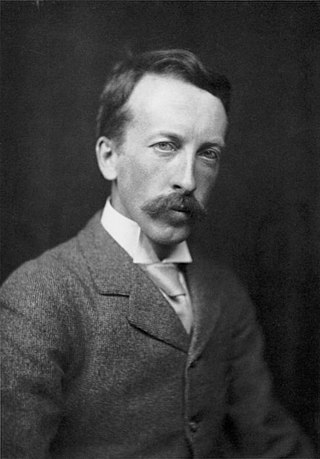
Sir William Henry Hadow was a leading educational reformer in Great Britain, a musicologist and a composer.
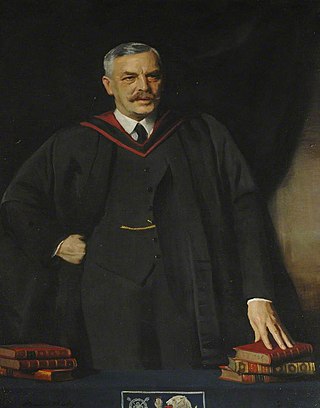
Sir Cyril M. Norwood was an English educationalist who served as Headmaster of Bristol Grammar School and Harrow School, Master of Marlborough College, and President of St John's College, Oxford.
Formal education in Sheffield, England, takes place at the city's two universities, 141 primary schools and 28 secondary schools.
The history of education in England is documented from Saxon settlement of England, and the setting up of the first cathedral schools in 597 and 604.

Herbert Schofield, PhD, was a leading figure in technical education, a Rotarian and, from 1915 to 1950, a Principal of Loughborough College, which became Loughborough University.
Sir William Spens, CBE was a Scottish educationalist, academic and Master of Corpus Christi College, Cambridge.
The City of Bath Technical School in Bath, Somerset, England had various roles from the late 19th century until 1970. It obtained its official name when technical schools were formally introduced in Bath between the years 1892 and 1896, and at first was housed in a new extension of the Guildhall. The school was transformed in the early 20th century, when it was combined with several other institutions, and then evolved through various sites and roles until its closure at Brougham Hayes, Lower Oldfield Park in 1973 after being renamed in 1971 as Culverhay School.
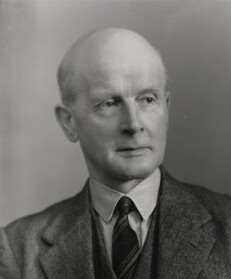
Sir Frederick Clarke was an English educationist who was Director of the Institute of Education in the University of London between 1936 and 1945.
Sir Harold Wyndham was Director-General of Education in New South Wales between 1952 and 1968. He chaired the committee whose report led to the Education Act 1961 which completely re-organised secondary education in NSW.
Ellesmere Park High School is a coeducational secondary school located in the Ellesmere Park area of Eccles, Greater Manchester, England. The school has gone through several renovations throughout the years.
The Beloe Report, commissioned in the late 1950s in the United Kingdom, led directly to the implementation of the Certificate of Secondary Education, the CSE examination which would exist from 1965 to 1987. The CSE was withdrawn at the same time as the GCE Ordinary Level exam.
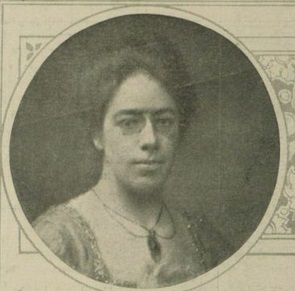
Lynda Grier, CBE was a British educational administrator, policy advisor, and the principal of Lady Margaret Hall, Oxford, from 1921 to 1945.

The history of state education in Queensland commences with the Moreton Bay penal settlement of New South Wales in Australia, which became the responsibility of the Queensland Government after the Separation of Queensland from New South Wales in 1859.
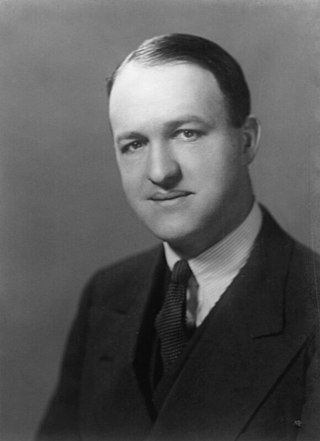
Richard Austen Butler, Baron Butler of Saffron Walden,, generally known as R. A. Butler and familiarly known from his initials as Rab, was a British Conservative politician.










